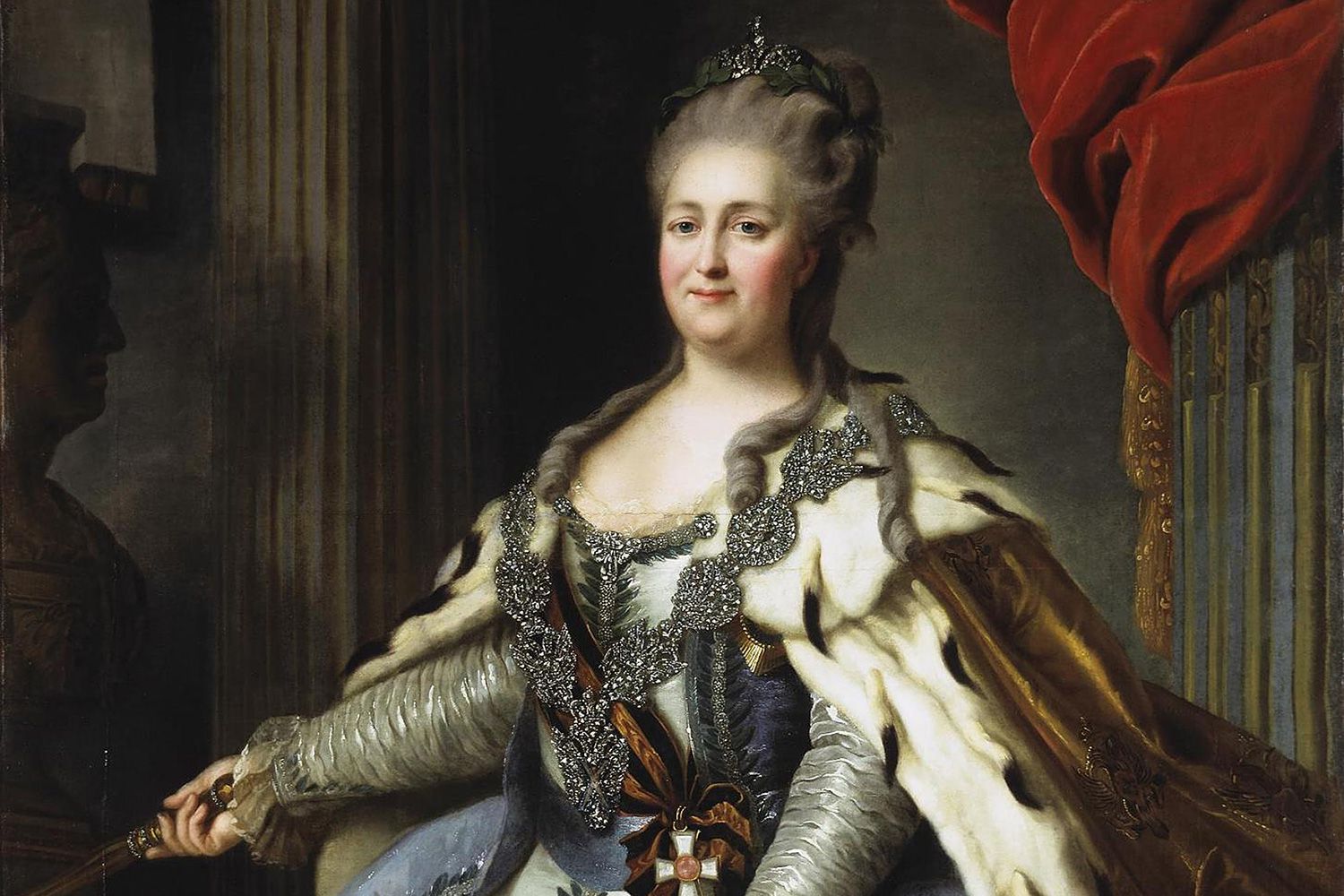There’s a famous story about Empress Catherine the Great of Russia involving a horse. The myth says Catherine died because a horse fell on her while she was trying to have sex with it. People usually blame a broken harness or lifting device for this. Another false story is that she died on the toilet.
But what really happened? Catherine died in her bed from an illness. No horses were involved, and she never tried anything like that with a horse. These stories have wrongly tarnished her reputation for centuries.
Catherine the Great was a powerful ruler of Russia, one of the strongest women in European history. So, how did the idea that she died trying to do something strange with a horse become such a popular myth?
Unfortunately, many people remember her for this false story instead of her real achievements. The combination of the strange accusation and her being a foreigner made it an easy lie to spread. People often believe outrageous stories, especially about someone they don’t know well.
So, where did this myth come from? In the past, the easiest way to insult and attack women was to spread lies about their sex lives. For example, Marie Antoinette, the Queen of France, faced many obscene and false stories. Catherine the Great was also a target because of her powerful position and the rivalry between France and Russia.
Catherine II ruled Russia from 1762-1796. She was born Sophie von Anhalt-Zerbst in Prussia. She married Grand Duke Peter of Russia and converted to the Russian Orthodox Church, changing her name to Ekaterina (Catherine). As Empress, she modernized and expanded Russia.
Catherine was educated in religion, history, and languages. She learned German, French, and Russian. She spent much of her early life in Russia riding horses. She loved vigorous exercise and once said, “The more violent the exercise, the more I enjoyed it.”
During her rule, Catherine faced many rebellions, the most dangerous being in 1773, led by Emelyan Pugachev. He claimed to be Peter III, the rightful heir. Catherine crushed the rebellion, and Pugachev was executed in 1775.
Catherine saw herself as an enlightened ruler. She wrote books and educational materials to improve Russia’s education system. She also loved the arts and created one of the world’s greatest art collections, now in the Hermitage Museum in St. Petersburg.
Catherine led Russia against the Ottoman Empire and defeated the Polish-Lithuanian Commonwealth, expanding Russia’s territory by about 200,000 square miles through conquest and diplomacy.
Her relationship with her son Paul was difficult. He was taken from her as a child and kept away from state matters as an adult. Catherine preferred Paul’s son, Alexander, as her heir, but she died before making it official. Paul became emperor but was unpopular and was assassinated five years later. Alexander then ruled until 1825.
In 1785, Catherine issued the Charter to the Nobility, increasing the power of the nobles and forcing many people into serfdom. This created tension between the old aristocracy and the new gentry.
Catherine was generous to her lovers, giving them titles, lands, and even people. There was a rumor that to become her lover, men had to pass a test by her assistant, Countess Praskovya Aleksandrovna Bruce. This story may not be true, but it’s recorded in some historical documents.
Catherine and Bruce’s relationship ended badly when Catherine discovered Bruce with her lover, Ivan Rimsky-Korsakov. Both were exiled.
There are many untrue or exaggerated stories about Catherine II. For example, some say she kept her hairdresser in a cage to hide her wig secrets and advised having sex six times a day to cure insomnia. These stories are not verified by history.






